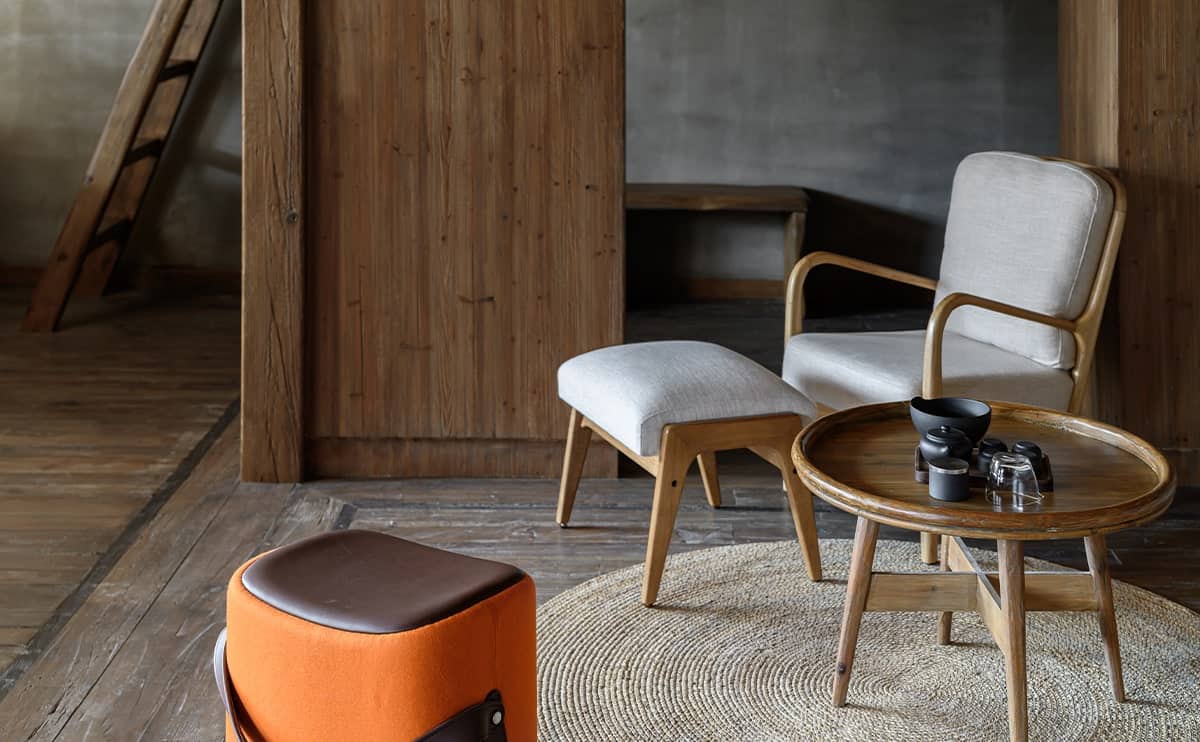Customer Support
How Durable Is Your Flooring?
See how different flooring types handle moisture, foot traffic, pets, and more.
Durability FAQs
Will the floor scratch or dent over time?
SPC and porcelain tile are scratch- and dent-resistant.
LVT is softer and may show minor marks under heavy furniture or high heels — use pads or rugs for protection.
How long will these floors last?
Porcelain tile: 20+ years
SPC: 15–20 years
LVT: 5–10 years depending on use
Material Terms
What does ‘SPC’ stand for in flooring?
SPC stands for Stone Polymer Composite — a type of rigid vinyl flooring made from limestone, PVC, and stabilizers.
It’s known for being waterproof, dent-resistant, and easy to install, with a layered structure for stability and comfort.
Compared to LVT, SPC is more rigid, dent-resistant, and better for high-traffic or uneven subfloors.
What does ‘glazed porcelain tile’ mean?
Glazed porcelain tile has a protective layer of liquid glass applied during manufacturing, giving it a smooth, often shiny finish.
It enhances stain resistance and design options, but may be more slippery when wet unless textured.
Unglazed tiles (like through-body porcelain) have no surface coating and are the same color throughout. They offer better slip resistance but fewer decorative finishes.
What is the difference between matte and glossy finishes?
Glossy tiles reflect light, creating a shiny and elegant surface, but they can show water spots and may be slippery.
Matte tiles have a non-reflective surface, offering a more natural, slip-resistant look that hides dirt better.
Matte tiles are great for wet floors like bathrooms and kitchens, while glossy tiles work best on walls, backsplashes, or light-use floors.
What is rectified tile?
Rectified tiles are mechanically trimmed after firing to have precise, straight edges.
This allows for minimal grout lines and a seamless, modern look — but requires very flat subfloors for installation.
What are the layers inside SPC flooring?
What is a tile’s water absorption rate?
Water absorption rate measures how much moisture a tile absorbs.
Porcelain tiles have <0.5% absorption, making them ideal for bathrooms and outdoor use.
Higher absorption means more porous, less stain-resistant, and not suitable for wet areas.
Tiles with water absorption rates below 0.5% are classified as porcelain — more durable and suitable for wet or outdoor use.
What is a slip resistance rating (COF)?
Slip resistance is measured by COF (Coefficient of Friction).
A COF of 0.6 or higher is recommended for wet areas.
Matte, textured, and unglazed surfaces tend to offer better slip resistance.
What’s the difference between ceramic and porcelain tile?
Porcelain tiles are denser and have <0.5% water absorption, making them stronger and better for outdoor or wet areas.
Ceramic tiles are lighter and more porous, better for walls or light-use indoor floors.


